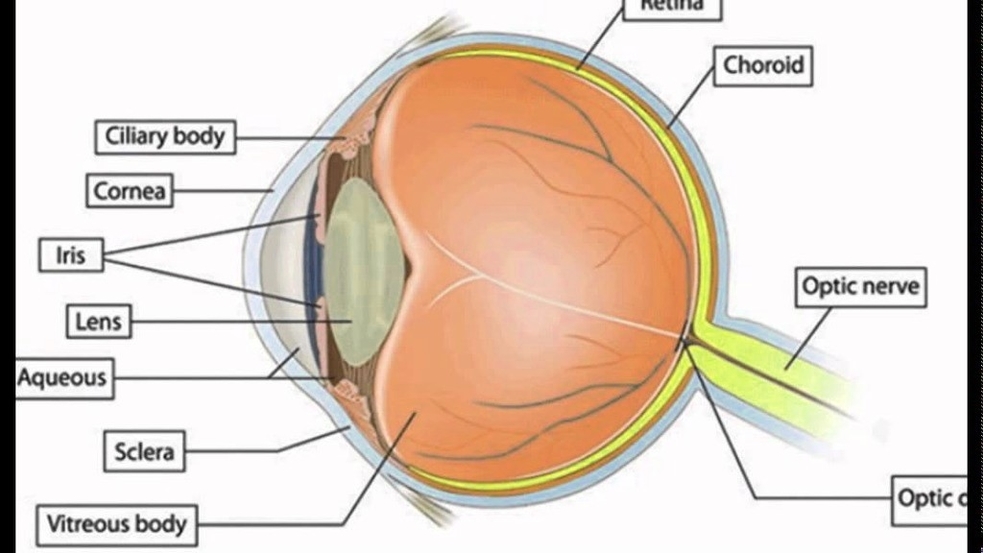The Iris and Eye Structure
The human eye is a complex organ that allows us to perceive the world around us. One of its key components is the iris, the colored part of the eye?.
Iris Anatomy
The iris is a thin, annular structure located between the cornea (the clear front surface of the eye) and the lens. It’s responsible for controlling the size of the pupil, which regulates the amount of light entering the eye. The iris contains muscles that contract or expand the pupil in response to varying light conditions. In bright light, the iris contracts, making the pupil smaller to reduce the amount of light entering the eye. In low light, the iris expands, dilating the pupil to allow more light in for better vision. The color of the iris is determined by the amount and type of pigments present.
Eye Structure
The eye is composed of several parts, each playing a crucial role in vision. The eye sits in a protective bony socket called the orbit. Six extraocular muscles in the orbit are attached to the eye. These muscles move the eye up and down, side to side, and rotate the eye.
The surface of the eye and the inner surface of the eyelids are covered with a clear membrane called the conjunctiva. The layers of the tear film keep the front of the eye lubricated.
Light is focused into the eye through the clear, dome-shaped front portion of the eye called the cornea. Behind the cornea is a fluid-filled space called the anterior chamber. The fluid is called aqueous humor. The eye is always producing aqueous humor.
Behind the anterior chamber is the eyes iris and the dark hole in the middle called the pupil. Muscles in the iris dilate (widen) or constrict (narrow) the pupil to control the amount of light reaching the back of the eye. Directly behind the pupil sits the lens. The lens focuses light toward the back of the eye.
The vitreous cavity lies between the lens and the back of the eye. The retina, located at the back of the eye, receives the light and sends signals to the brain via the optic nerve, allowing us to perceive images.
Conclusion
The iris, along with other structures of the eye, plays a crucial role in our ability to see. It controls the amount of light that enters the eye and contributes to our unique eye color. Understanding the structure and function of the eye can help us appreciate the complexity and beauty of our visual system.



